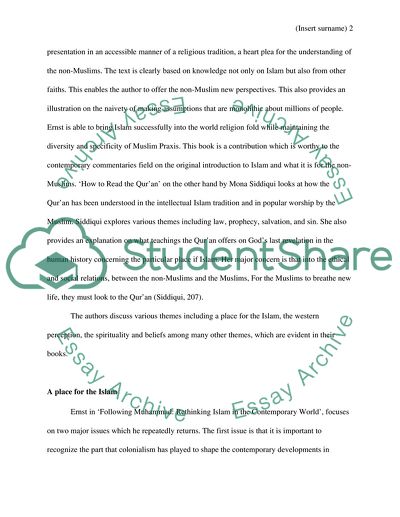Cite this document
(Comparison of Carl Ernsts Following Muhammad and Mona Siddiquis How to Book Report/Review, n.d.)
Comparison of Carl Ernsts Following Muhammad and Mona Siddiquis How to Book Report/Review. Retrieved from https://studentshare.org/religion-and-theology/1838525-comparative-book-review-carl-ernsts-and-mona-siddiquis-book
Comparison of Carl Ernsts Following Muhammad and Mona Siddiquis How to Book Report/Review. Retrieved from https://studentshare.org/religion-and-theology/1838525-comparative-book-review-carl-ernsts-and-mona-siddiquis-book
(Comparison of Carl Ernsts Following Muhammad and Mona Siddiquis How to Book Report/Review)
Comparison of Carl Ernsts Following Muhammad and Mona Siddiquis How to Book Report/Review. https://studentshare.org/religion-and-theology/1838525-comparative-book-review-carl-ernsts-and-mona-siddiquis-book.
Comparison of Carl Ernsts Following Muhammad and Mona Siddiquis How to Book Report/Review. https://studentshare.org/religion-and-theology/1838525-comparative-book-review-carl-ernsts-and-mona-siddiquis-book.
“Comparison of Carl Ernsts Following Muhammad and Mona Siddiquis How to Book Report/Review”, n.d. https://studentshare.org/religion-and-theology/1838525-comparative-book-review-carl-ernsts-and-mona-siddiquis-book.


